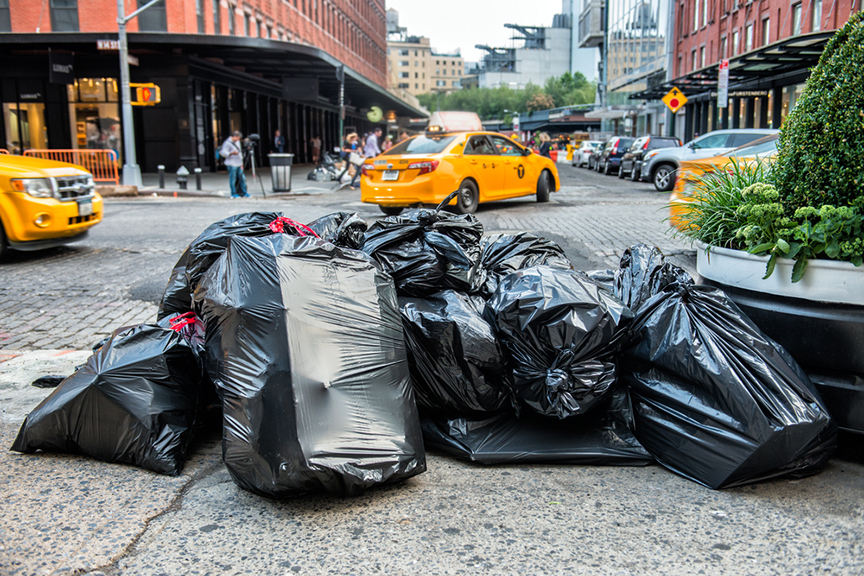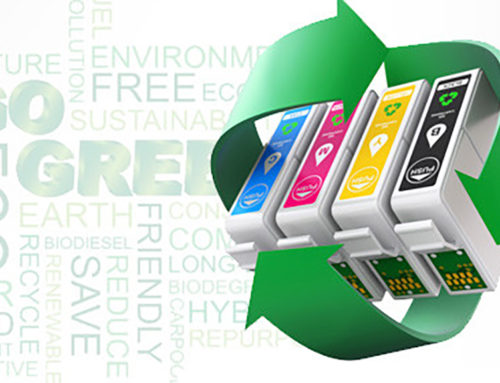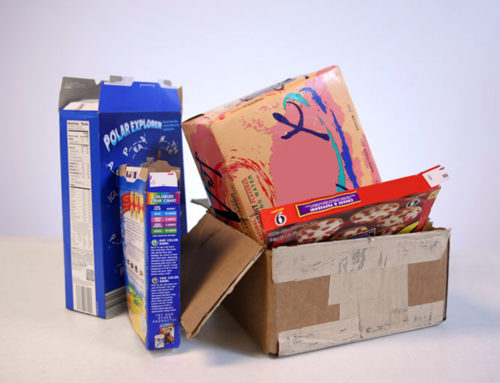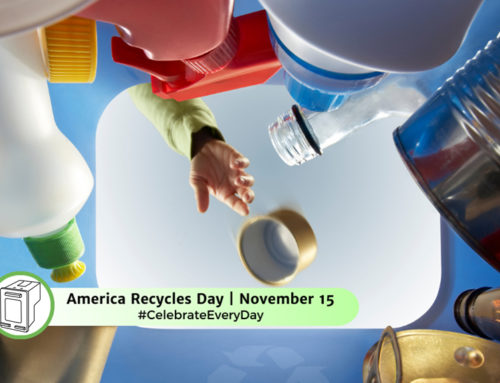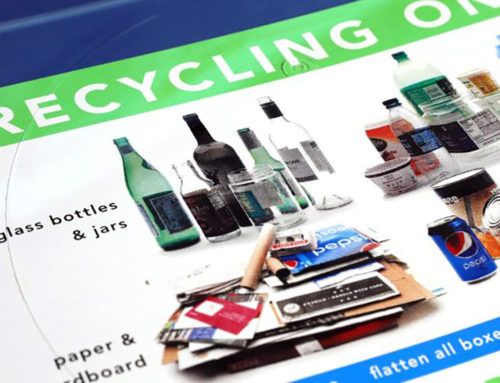The University of Virginia took two national surveys on recycling and waste management. The results were eye opening, as stated below, this is what they shared. Imagine this scenario: You’ve just finished a cup of coffee at your favorite cafe. In front of you stand a trio of bins – one for trash, one for recycling, and another for compost. What’s the most planet-friendly thing to do with your cup? Many of us would instinctively choose the recycling bin, believing it’s the right choice. However, that often turns out to be the wrong decision. Most paper coffee cups, designed to hold liquids, have a thin plastic lining, making recycling these materials a challenging task. The most sustainable option isn’t necessarily at the disposal bins but rather upstream, even before you’re handed a disposable cup in the first place.
Recycling Bias and Reduction Neglect
Extensive research on waste behavior, sustainability, engineering design, and decision-making in the United States has examined public understanding of waste management strategies and preferences. Nationwide surveys in October 2019 and March 2022 revealed a significant trend – people tend to overlook waste reduction and reuse in favor of recycling, termed “recycling bias and reduction neglect.”
The results of these surveys show that educating the U.S. public about recycling has had mixed success. While recycling is now seen as important, the focus on recycling has overshadowed more sustainable options, and it hasn’t necessarily improved recycling rates.
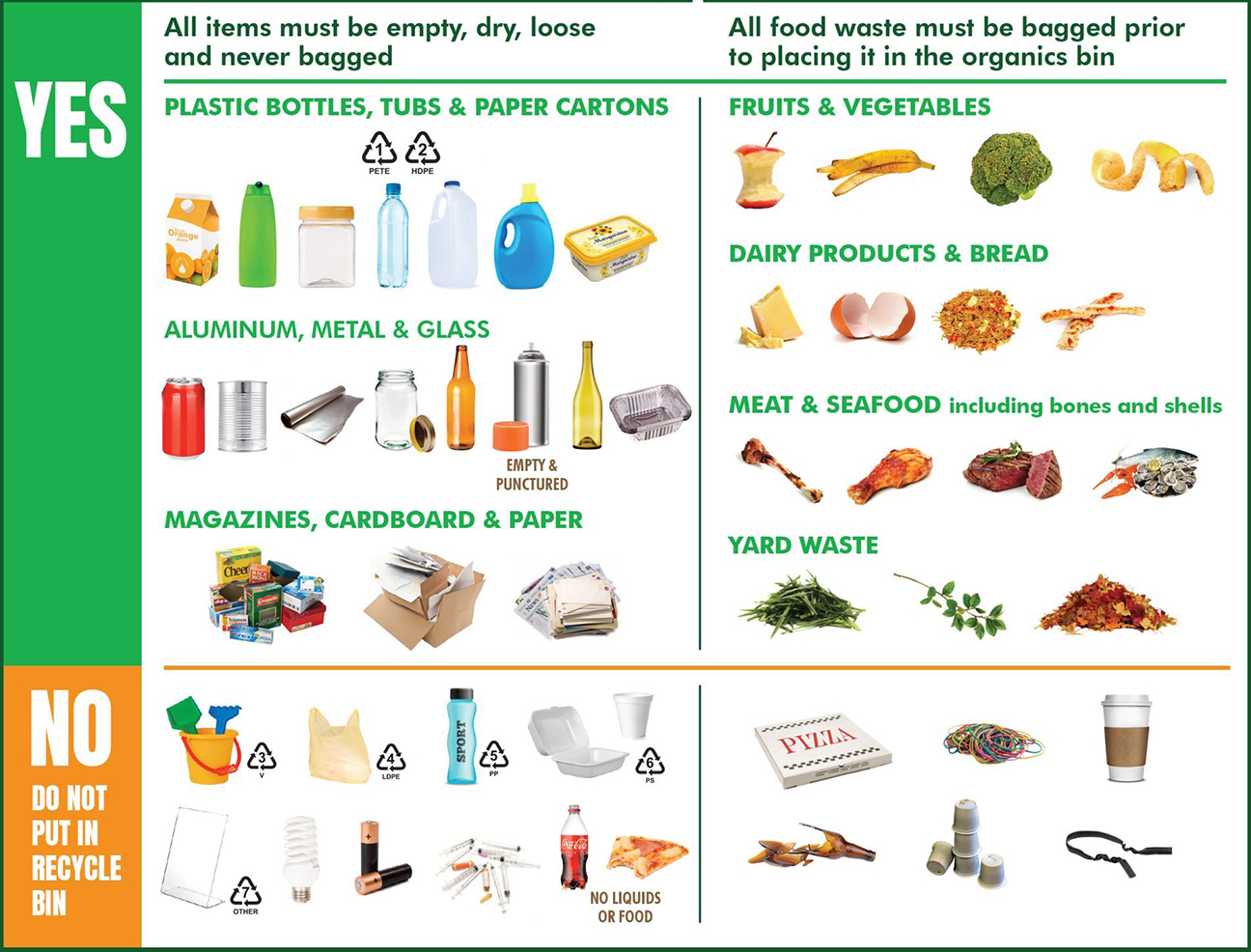
The Urgent Need for Waste Reduction
The world faces an overwhelming and unsustainable waste problem. Microplastics are contaminating the most remote areas of the Earth and accumulating in human and animal bodies. The production and disposal of goods contribute significantly to greenhouse gas emissions and pose a public health threat, particularly to vulnerable communities that receive large quantities of waste. Furthermore, even when plastic is recycled, it produces staggering amounts of microplastic pollution.
Given the urgency of the issue, the United Nations convened talks to draft a legally binding pact aimed at curbing harmful plastic waste. Meanwhile, many U.S. cities and states are taking measures like banning single-use plastic products. Experts have long recommended prioritizing source reduction strategies to prevent waste creation in the first place, rather than merely managing its impact later.
Environmental organizations, including the U.S. Environmental Protection Agency and the U.N. Environment Program, advocate a “waste management hierarchy” that ranks strategies from most to least environmentally preferred: Reduce, Reuse, Recycle. Reducing waste generation conserves natural resources and avoids negative environmental impacts throughout a product’s life, making it the most sustainable option.
Surveys found that many participants misunderstand the waste management hierarchy. When asked to rank strategies, including source reduction and reuse, recycling, energy recovery, and treatment and disposal, more than three-quarters of participants ordered them incorrectly. Even when asked to rank “Reduce, Reuse, Recycle,” nearly half still misordered the phrase. However, when given a choice between waste prevention and recycling, more than 80% understood that preventing waste was better.
The challenge lies in execution. Although recycling is favored, the current U.S. recycling system puts the responsibility on consumers, leading to confusion due to variations in what can be recycled from one community to another.
Wishcycling and Lack of Confidence
The term “wishcycling” describes the practice of placing non-recyclable items in recycling bins in the hope or belief that they will be recycled. Many people confidently place recycling contaminants in the wrong bins, adding costs and problems for recyclers. However, participants weren’t entirely confident that recycling was effective. Respondents overestimated the amount of plastic that has been recycled, and they understood that a significant portion ends up in landfills and the environment.
Shifting Responsibility Upstream
U.S. policy and corporate discourse have largely focused on consumers as the primary source of waste. However, more responsibility should be placed on producers by requiring them to take back their products, cover recycling costs, and design goods that are easy to recycle. The surveys revealed that participants recognized the importance of upstream interventions but felt they could only influence the system as consumers, not as citizens.
As waste-related pollution continues to grow, corporations often blame consumers rather than reducing disposable product production. Recycling, while important, cannot be a panacea for overproduction and consumption. It’s time for the U.S. to shift its approach and prioritize upstream solutions to reduce waste at its source and truly tackle the waste crisis.

